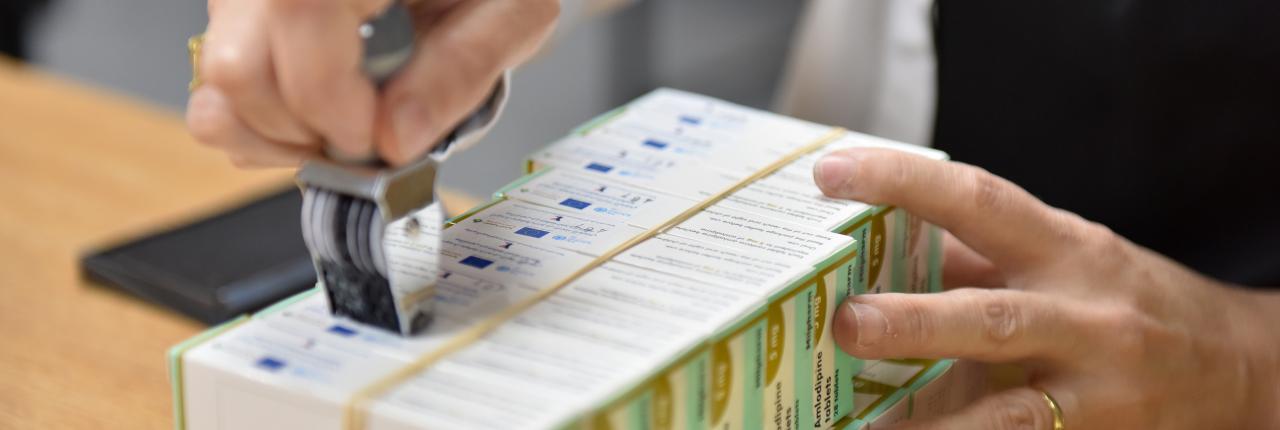
Lebanon is suffering from a prolonged economic depression with its signs started to emerge in 2016. The depression is caused by many factors that come together to deplete the Economic structure, contracting the actuarial GDP growth by 20.3% (as reported by the world bank in April 2021[1]). Inflation exceeded 400% and the exchange rate against the Lebanese pound kept losing value (on 26th of May, the devaluation of the currency reached -90%.)
Since the crisis started gradually in 2019, the central bank intervened to subsidize three main commodities that were considered essential; Wheat, medicine and fuel by subsidizing US dollars at a pegged currency rate of 1507[2]., In addition to a list of 300 basic food items suggested by the Ministry of Economy was added to the subsidized prices the central bank adopted by providing importers with “hard currencies” at another currency rate of 3,900 LBP per dollar, altogether with the continuous deterioration of the market rate reaching 22,000 LBP per US dollar. At the moment, the decision was taken to remove the subsidy on the majority of medication and to fix the selling price for 12,000 LBP versus 1 USD. This caused a severe shortage of medications in the private sector due to the big difference between the USD real value and the price fixed by the central bank. A 1 week strike was held by the pharmaceutical sector all over the country.
[1] World Bank Update April 2021 https://thedocs.worldbank.org/en/doc/a3d1489dafa646ee90f5a19abd950cab-0280012021/original/9-mpo-sm21-lebanon-lbn-kcm.pdf
[2] Bloomberg article on reducing subsidies in Lebanon https://www.bloomberg.com/news/articles/2021-03-16/lebanon-to-reduce-subsidies-as-cash-runs-out-finance-chief-says
The impact is found not only within the poor Lebanese communities and the refugees, but it extended to reach all the residents at the Lebanese territory. This is leading to a significant increase in demand for health services especially chronic medications.
The medicine crisis raised the concern of all the health actors and was highlighted by the media and influencers. People were encouraged to approach healthcare facilities via Tv shows, WhatsApp messages and Facebook posts in the last month. This instant awareness about the role of the Primary health care centres and dispensaries increased the referrals of new beneficiaries and thus the demand on chronic medications. Nevertheless, and since the medicine crisis was escalating with the economic one since 2019, the number of new beneficiaries has been increasing constantly as shown in figure 1 below. A dramatic increase is expected in Q3 2021 since no solid solution was placed for the medicines crisis and also on the number of new referrals received since the beginning of July.
The 104,227 patients benefiting from the program are vulnerable Lebanese (80.54%), Syrians refugees (19.03%), and other vulnerable populations (0.43% i.e. Iraqi) accessing primary health care centres and dispensaries.
Adults aged between 45 and 69 constitute 59.6% of the beneficiaries, while the adults above 80 are 13.13%.
The disaggregation of the project beneficiaries is found in the figure below.
The highest percentage of beneficiaries take medications for cardiovascular diseases (35.54%), while 19.75% for hyperlipidemia and 12.9% for diabetes as shown in figure 3 below.
Reports from recipients also show that:
YMCA Medical Program will ensure that sufficient supplies of chronic essential medications for patients are available at 465 primary healthcare centres and dispensaries that are part of the MOPH/YMCA operated program, as shown in figure 4 below.